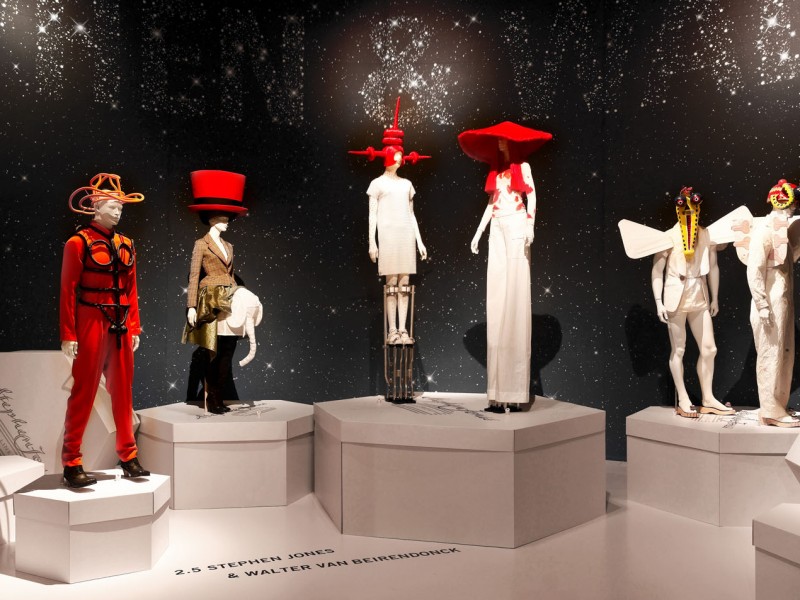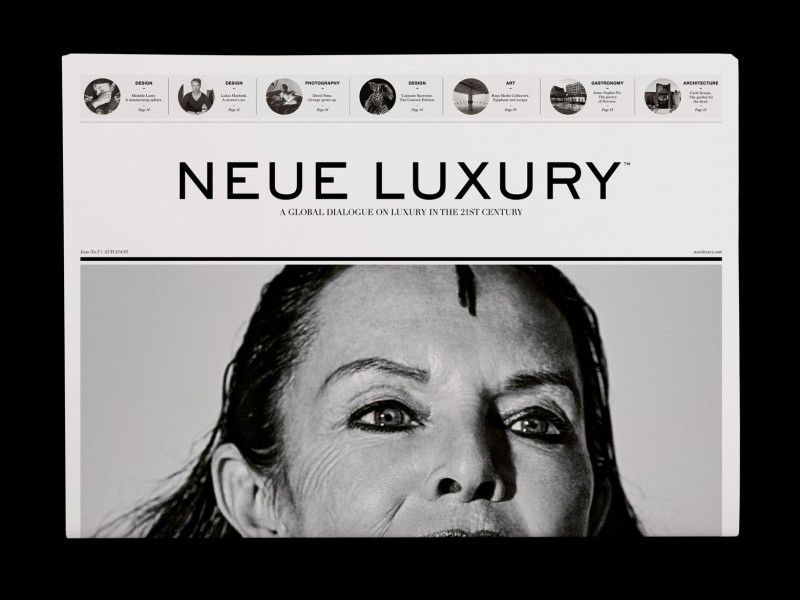Say you were hiring the new Director Asia at Art Basel, the organisation that produces the biggest yearly arts event, in the world’s most populous continent. Who would you headhunt?
On paper, the person who got the job seems to tick every possible box. Malaysian-born, Singapore and UK-educated Adeline Ooi has the pedigree (BFA from London’s prestigious Central Saint Martins), the rigour (she’s worked as a curator, gallery director and academic), CV (previous roles including Art Basel’s VIP Relations Manager, South East Asia) and language skills (Ooi speaks six of them). For all intents and purposes, it almost looks as if Ooi’s been preparing for this role her entire life.
Ooi happily scoffs at the suggestion. “I keep looking back and think, ‘My god, how was I supposed to know what I wanted to do at the age of 18 or 19?’” she says. “I know this is the way life has been mapped for most people: you go to college; decide what to do in life; then: ‘This is it’. For me, it was really just blindly colliding into things I wasn’t sure about, or being thrown into situations I didn’t plan for. Even this position.”
In photos, Ooi is poised, elegant and looks directly into the camera with an expression that means business. In conversation, however, she’s prone to laughing and joking goofily. When asked what triggered off her passion in the arts, Ooi acts faux-flustered. “Quite a number of people ask me this question and I still don’t have the exact answer!” she says. Raised on a Malaysian palm oil plantation and educated in Singapore and England, Ooi wasn’t exactly surrounded by fine art or immersed in the industry at a young age.
Ooi offers sheepishly, “I mean … I do remember taking an interest in IKEA posters?” She chuckles, knowing how preposterous this sounds: that one of the most influential and important curatorial figures in Asia’s contemporary art scene had her artistic awakening at the Swedish mega franchise. “I know! It’s a sad, sad story, but it is the truth!” In her defence, however, IKEA posters being produced in her teens were reproductions of Monet and Matisse.
By the time Ooi finished school, all she knew was that she didn’t want to go to ‘normal’ school and study economics or accounting—“whatever it is a Chinese girl should do”. Instead, Ooi enrolled in a BFA in London, even though she suspected—even then—she didn’t actually want to be a practising artist. From day one at Saint Martins serious painters surrounded her, “people who basically ate and slept turpentine”. Although Ooi graduated with Honours, she says she never had a natural flair or command over the materials. “It wasn’t necessarily a sad realisation,” Ooi says, more a statement of fact.
It was only after Ooi graduated and started working as an intern for professional artists and galleries that she became fully aware of all the players in the arts industry ecosystem. “Back in the day, I thought there was just: art historian, artist and designer. Then I realised, ‘Oh gosh, there’s such a thing as curators, art managers and project managers!’ That’s when the art world truly opened up to me, and I began to understand what I was good at.”
Ooi quickly became renowned for her ability to multitask at near-extreme levels. In her late thirties, Ooi has already curated and program directed the Valentine Willie Fine Art Gallery in Kuala Lumpur, and was Art Basel’s VIP Relations Manager for Southeast Asia (covering Indonesia, Malaysia, the Philippines, Singapore, Thailand and Vietnam), whilst simultaneously directing RogueArt, the Malaysian-based cultural agency she co-founded in 2009. It didn’t phase Ooi that by the time she was hired as Art Basel’s Director Asia in late 2014, she only had three months to prepare. “It was very much hitting the ground running, jumping off the deep end—whichever metaphor you want to use,” she says. “I basically had to learn to catch every ball that came my way.”
For her first Art Basel show, Ooi says she didn’t come into it with an explicit mission statement. “The only mission statement I gave myself was really to watch, observe and learn,” she says. “I still needed to understand quite a bit of how the inner mechanics of the show; how the engine worked.” Now that the show has finished, to much acclaim, Ooi is thinking ahead to 2016’s show and beyond. What she’s keen to explore is how to best showcase Asia, a continent Ooi feels is home to cultures far more fragmented, diverse and alien to each other than outsiders might assume.
“When we say ‘Asia’, it’s such a broad sweep,” she says. “What do we mean specifically? Are we looking at North Asia? The Middle East? The Asia Pacific?” Then there are the cultural specificities of the countries and cultures themselves. “It’s exactly like Europe, from the French to the Germans to the Swiss to the Italians. There are cultural attributes that differ from one another. There are stereotypes. We think we know each other, but we really don’t,” she says. “Even as a Malaysian, I feel there is still so much about Myanmar, Cambodia, Laos, that we don’t know about, and we are, geographically speaking, a stone’s throw away.”
As much as cultural and geographical barriers challenge Ooi in her work, the region’s history of porousness is one of her personal obsessions. Stories of migration and journeys are often at the heart of contemporary Asian art and it’s an element Ooi adores. “Coming from South East Asia, I was always fascinated with our history of the region,” she says. “The notion of voyages; the old days of colonisation and the East India Company; the way people have moved from land to sea and other parts of the world. The stories of spices; how products and people and plants have moved. Globalisation, even before one knew what was ‘globalisation’.”
Part of this fascination, Ooi acknowledges, is personal. Ooi’s own story is one of non-stop geographical shifts. However, she also notes that to be a good curator, one has to be aware of their personal tastes and biases. As Ooi points out, Art Basel Hong Kong isn’t about her. It’s about the artists. “I know this may sound corny, but it is about making Asia proud,” she says. “It is about highlighting the breadth of what we have in this part of the world: the best galleries; the best talent; and our audience, as well. It is a very new audience, generally speaking, in Asia—the whole notion of art collecting is quite new.” Ooi points out that 15 to 20 years ago, a culture of collecting contemporary art in Asia was relatively rare, with the exception of territories like Australia, Taiwan and Japan. Now, with the generation of new wealth and economic development, the regional arts industry is booming.
Which, of course, means more work for Ooi. “I don’t see work as work, though!” she says. “Every week is a different week for me. It is demanding and all-consuming, but you’ve got to really love it.”
For more visit www.artbasel.com
Related Features
-
74
-
-
-

